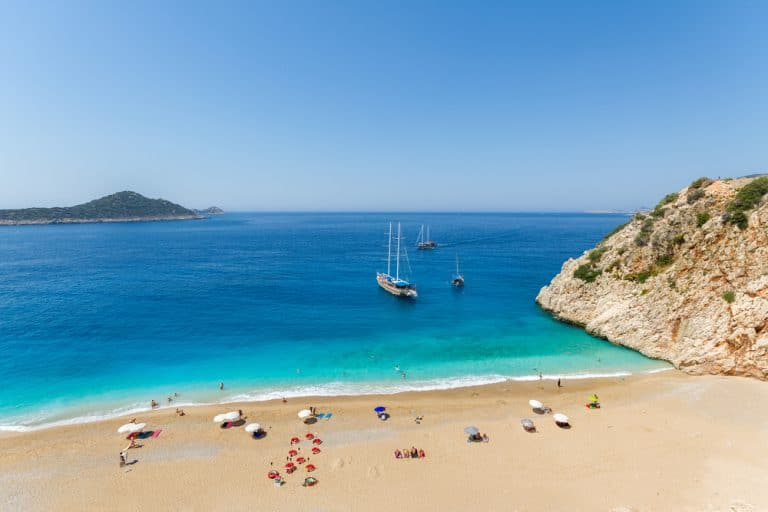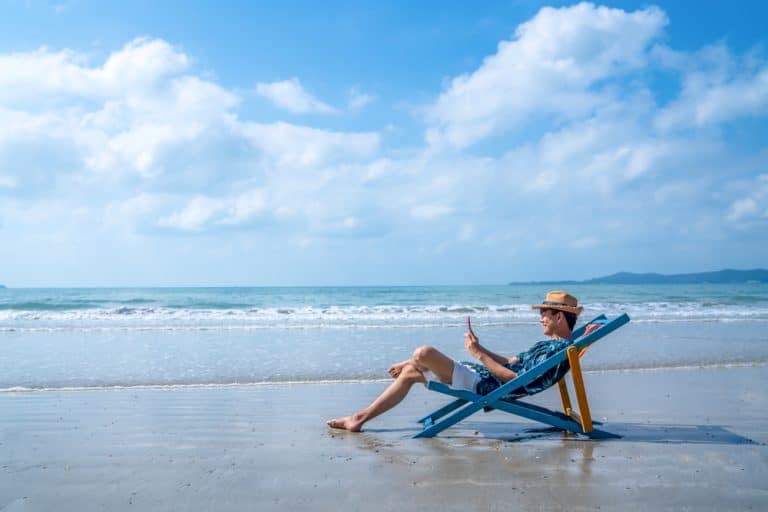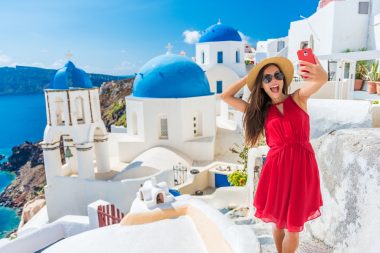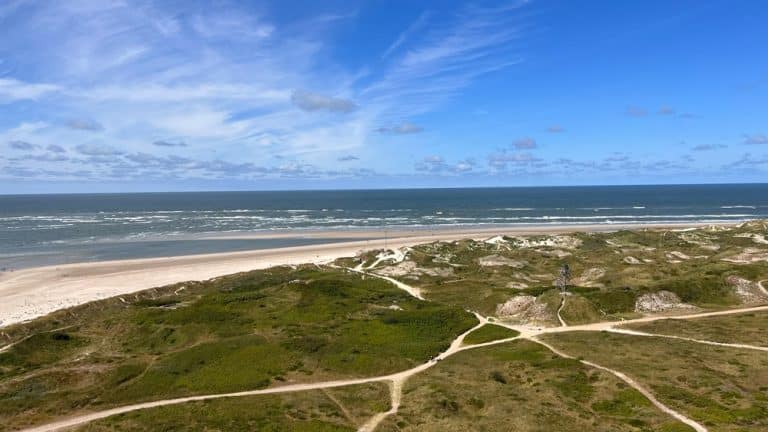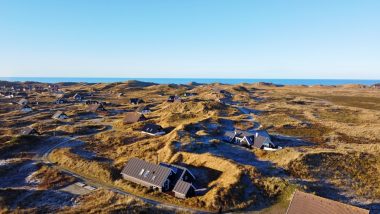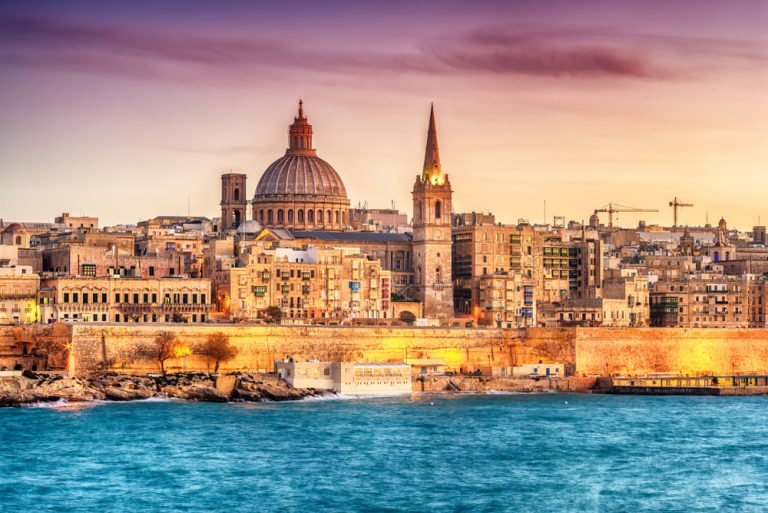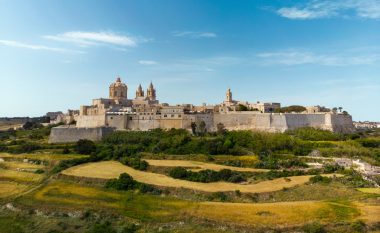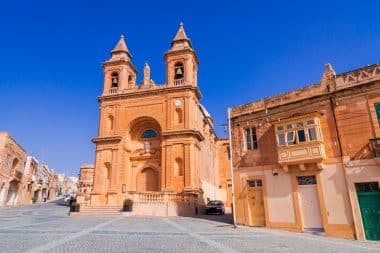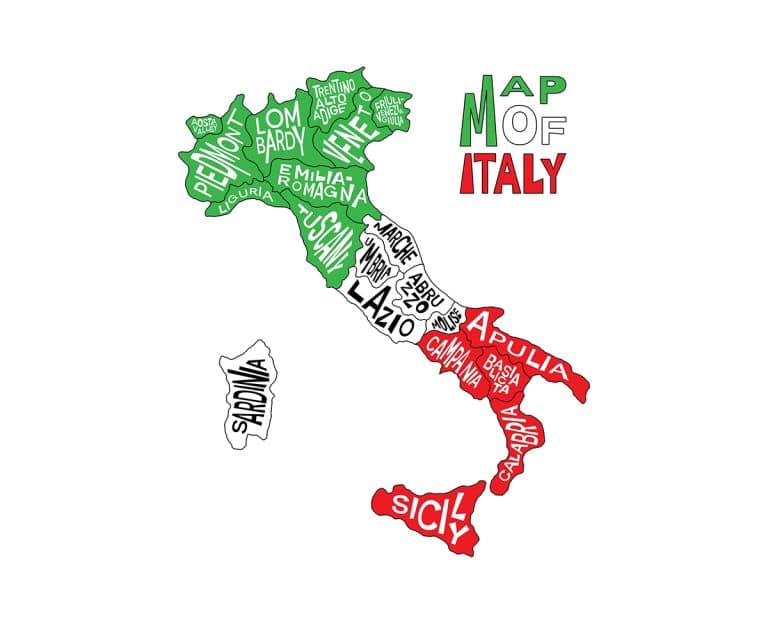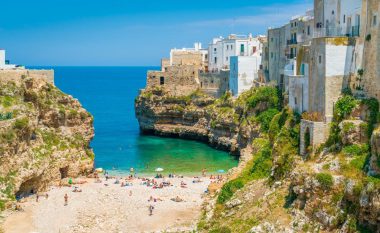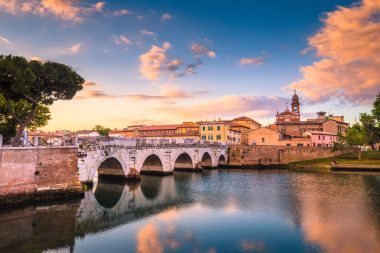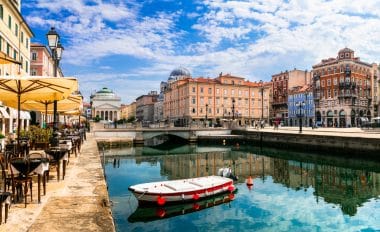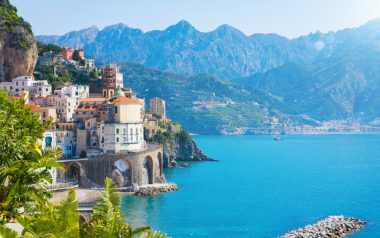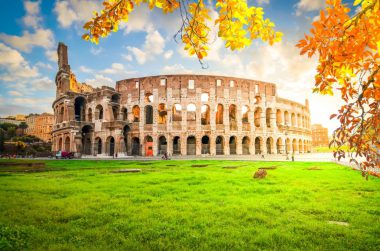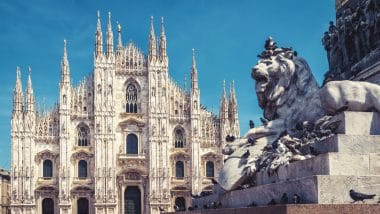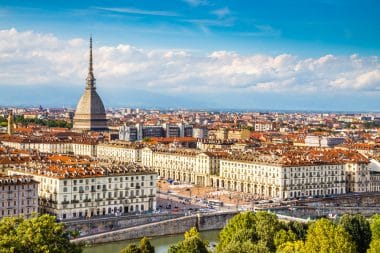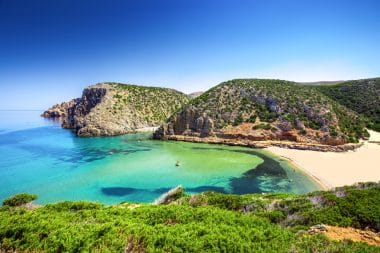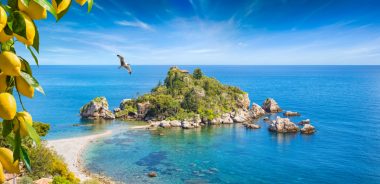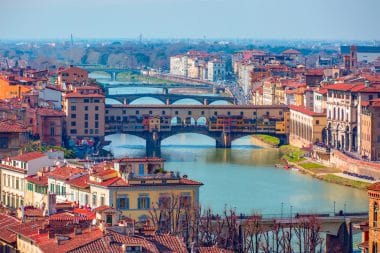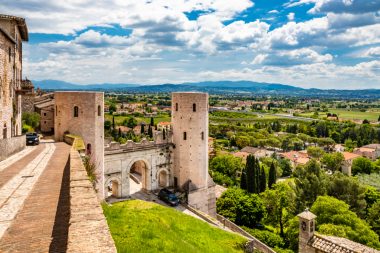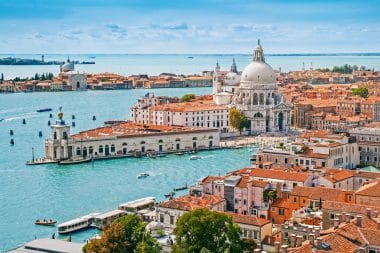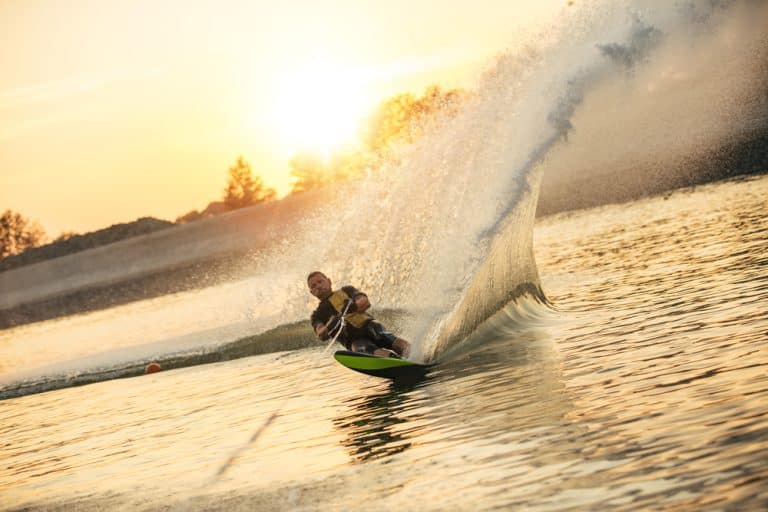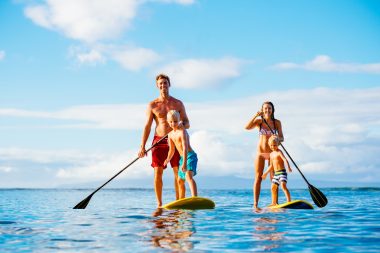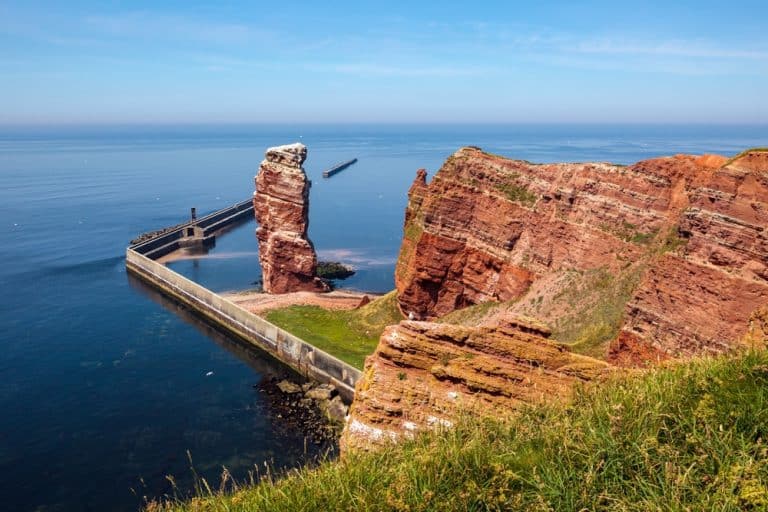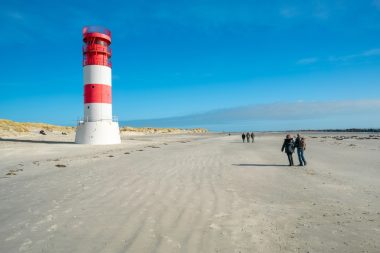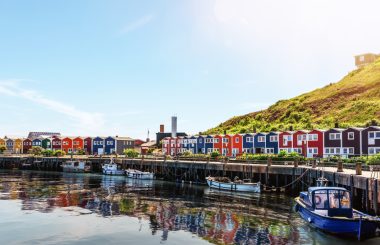Endless sandy beaches, which are washed by crystal clear water in wonderful greenish to blue hues, have given the coastal strip of the Turkish Riviera in the south of Turkey the meaningful name Turquoise Coast. The coastal towns are among the most popular holiday destinations in the Mediterranean with their clean and paradisiacal beaches. The unique holiday experience is completed by the Mediterranean vegetation and citrus and apricot plantations, cacti and banana trees.
Antalya is the cultural center and, at the same time, with its international airport, the main gateway to the fantastically beautiful coastal region of southern Anatolia. Here, as well as in the many tourist towns along the coastline of Kas in the west and Alanya in the east, culture lovers can look forward to a variety of archaeological treasures. In the north, the impressive mountains of the nearby Taurus Mountains form attractive mountain sports opportunities in addition to cooling off.
The variety of beaches of the Turkish Riviera
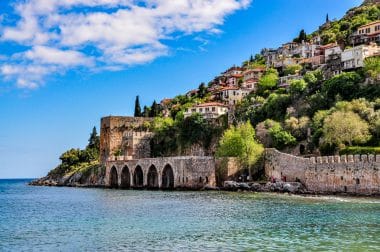
As diverse as the coastline is, so are the beaches of the Turkish Riviera. Close to the major tourist centres, there are well-organised beaches with all the possibilities for swimming and water sports. Away from the seaside resorts, lonely bathing bays enchant with individualists. The high quality of the crystal clear waters and the cleanliness of the beaches signal waving blue flags over the bathing areas.
This even applies to the small Mermerli beach in the immediate vicinity of the Old Port of Antalya, which fascinates due to its unique location. While the kilometre-long child-friendly Incekum Beach in Alanya is a family beach, Cleopatra Beach scores with the wonderful backdrop of the mountains of the Taurus Mountains.
The sandy to pebbly Phaselis beach near the famous ruined city of the same name has a great offer for both bathing and culture lovers in three bays. Even on a holiday in Side , the ancient treasures worth seeing and two golden sandy beaches can be perfectly combined with culture and bathing experiences. With its abundant range of fun sports from jet skiing to parasailing, Side is an ideal destination for adrenaline-addicted water lovers. Side also enjoys a good reputation worldwide as a diving centre. Romantics, on the other hand, will find absolute solitude and tranquility on Patara beach.
Turkish Riviera – A holiday paradise for active holidaymakers
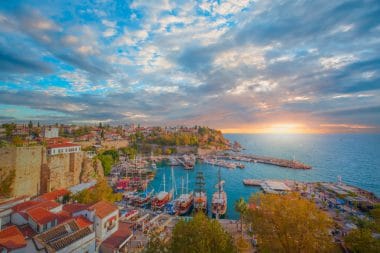
As multifaceted as the year-round leisure activities on the Turkish Riviera are, the conditions for an active holiday are unique. Hardly any other water sports area in the Mediterranean region offers better conditions for water sports enthusiasts. Sailing, surfing and diving schools provide the perfect equipment in all tourist centers of the Turkish Riviera. The gently sloping sandy beaches offer beginners in sailing as well as in all board sports from stand-up paddling to kiting an ideal practice area. Professional guides from certified diving schools take their guests while snorkeling or diving into enchantingly colorful underwater worlds with spectacular inhabitants such as barracudas or rays.
The extensive beaches offer all the possibilities for beach volleyball or beach soccer, a good game of boccia or an exciting badminton match. Hikers and mountain bikers can take a short excursion to the designated hiking routes and trails in the Taurus Mountains. They offer great views over the Turkish Riviera and, last but not least, the height of the mountains provides a pleasant cooling in summer.
Turkish Riviera – Traditional and Modern Tourist Centers
Antalya, Kas and Kemer in the west and Alanya in the east are some of the significant cities in the region. While Kemer has only developed into one of the most charming holiday resorts on the Turkish Riviera in recent decades with beautiful promenades and attractive holiday offers, wonderful old towns with impressive historical buildings in Kas, Antalya and Alanya point to their exciting history.
Antalya – Historic Center between Lighthouse and Castle Hill
The impressive highlight of Antalya is the harbour, around which lies the nucleus of today’s metropolis with the old town. Worth seeing here are the imposing Hadrian’s Gate, which belonged to the former city fortifications, and the lighthouse Hidirlik Kulesi. Excursion boats depart from the harbour to the spectacular stretches of coastline of the steep rocky coast. A magnificent natural spectacle is offered by the Düden waterfall, whose thundering masses of water plunge from 30 meters into the blue of the Mediterranean. In the center of the city is the Yivli Minare Mosque, whose impressive minaret dominates the skyline of Antalya. A stroll through the winding alleys of the old town leads to many romantic nooks and crannies, impressive witnesses of Roman and Ottoman history as well as beautiful squares where you can linger.
Handicrafts and handicrafts in the old town of Kas
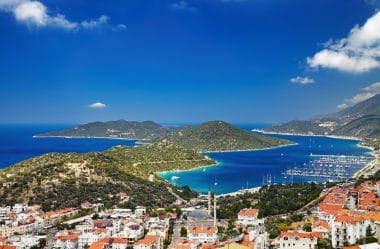
No less worth seeing is the fantastically beautiful old town of Kas, whose main street comes along with wonderfully whitewashed buildings and looks Greek. Here, as in Antalya, traders delight in their small shops with beautiful classics of the Turkish tradition of handicrafts. The displays include a colourful mix of tastefully designed unique silver jewellery, fashionably dyed textiles and hand-knotted carpets in all colours and sizes.
Old town flair between cacti and lemon trees in 3000-year-old Alanya
The city of Alanya , located in the east of the Turkish Riviera, looks back on a history of over 3000 years with its castle hill visible from afar. Behind the fortress-like city walls with the 600-year-old Red Tower as the city’s striking landmark lies a unique old town. Here, the clock seems to have stopped centuries ago. A walk leads through picturesque alleys, where even silk weavers present their products as perfect souvenirs. Beautiful floral decorations, cacti, banana trees and citrus fruits set the special accents.
Bazaar experience – the very special shopping tour
In the tourist centers and the old towns of the Turkish Riviera, no shopping wish remains unfulfilled. Here, on the promenades and in the small alleys, you will find the whole range of handicrafts to renowned international fashion labels and jewellers. However, a visit to a traditional bazaar, such as those in the bazaar district of Antalya, is unique. In the corridors through the bustle of small stalls and stalls, a constantly changing scent wafts from aromas of Asian spices, a variety of regional fruits and the delicacies that are offered for tasting. The haggling, usually accompanied by a glass of Turkish tea, is essential for business. Sometimes the price of a souvenir can be negotiated down by more than 50 percent.
Wonderful holiday weather over twelve months
Only about three hours by plane separate Germany from Antalya, the starting point for a holiday on the Turkish Riviera. More than 3,000 hours of sunshine make the Mediterranean coast a year-round destination. In winter, those who want to escape the wet and cold weather of Central and Northern Europe meet in the holiday strongholds of the coast. With pleasant temperatures of around 18 to 20 degrees, the Mediterranean Sea tempts you to take a dip here on many sunny days, even in December. Winter is also the ideal holiday time for cultural travellers and active holidaymakers. Between April and October, beach vacationers, water sports enthusiasts and sun worshippers will find the best conditions for relaxing holidays with air temperatures of 25 to 35 degrees and water temperatures of 26 to 28 degrees.


